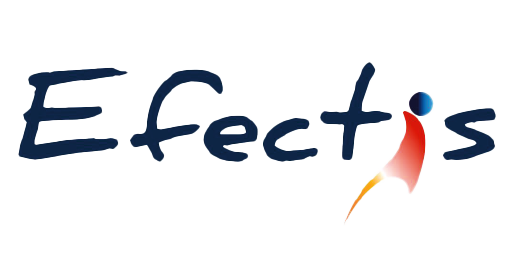- Home >
- The Project >
Nowadays, existing hydrogen transportation solutions use tubes with a working pressure between 200 and 300 bar. This is not efficient in terms of quantities or cost to address large refueling stations knowing the upcoming ramp-up of fuel cell-based vehicles.
The overall objective of the ROAD TRHYP project is to develop and validate a trailer integrating new thermoplastic composite tubes (Type V) to maximise the quantity of H2 transported while satisfying end-user requirements (safety, ability to be decontaminated) and enforced regulations with a low cost. By the end of the project, the consortium will design a trailer capable of handling a payload of 1.5 tonne of H2 with 700 bar tubes and a capex lower than 400 €/kg. This enables the decrease of the number of transport rotations between the site of production and the delivery site, consequently the reduction of the environmental footprint of transporting compressed hydrogen, but also a downsizing of the compressor at the hydrogen refueling station. In the meantime, the project will heavily investigate new fire testing methodologies and safety barriers for Type V adoption.
ROAD TRHYP’s overall ambition is to develop Europe’s value chain of Type V technologies. More specifically, the project intends to address all manufacturers across Europe who could benefit from the project’s innovative process and materials. Beyond the targeted commercial Type V trailers applications, the knowledge developed on composite materials could benefit main actors in the mobility sectors or the hydrogen storage for inter-seasonal energy storage. As a consequence, the project will help achieve the European Green Deal making hydrogen a widespread energy carrier, by 2030.








